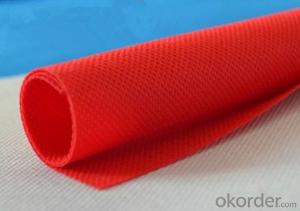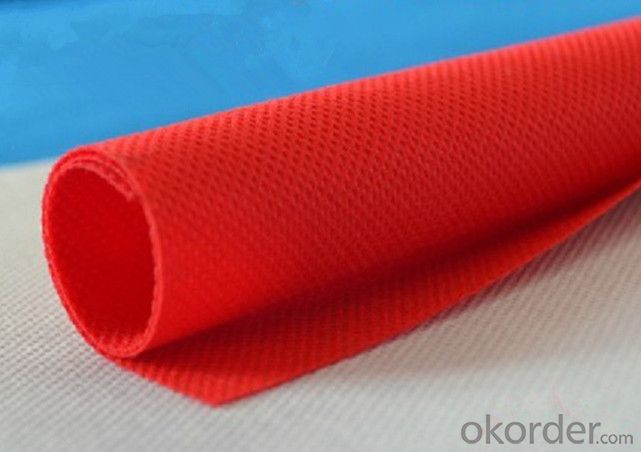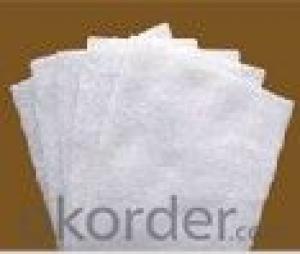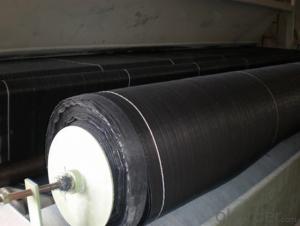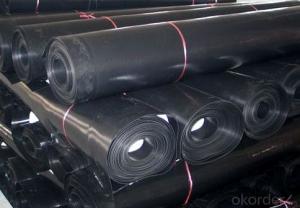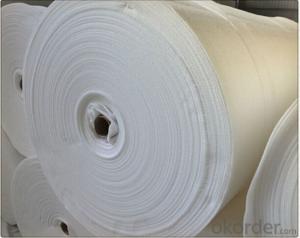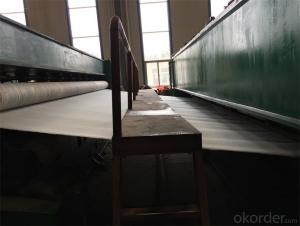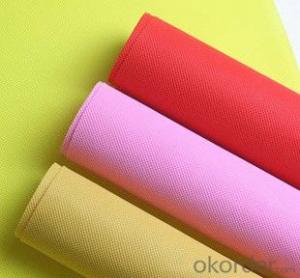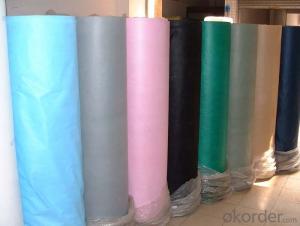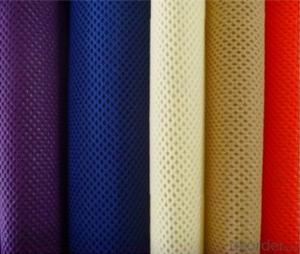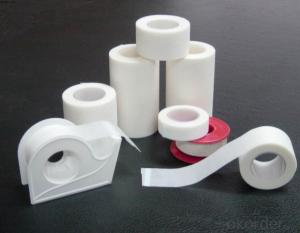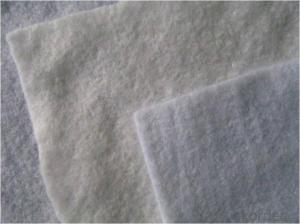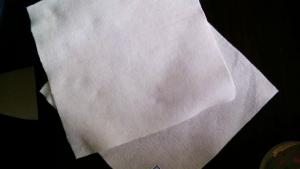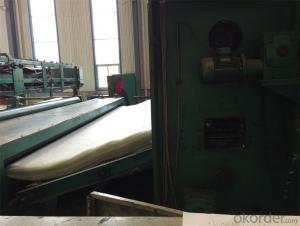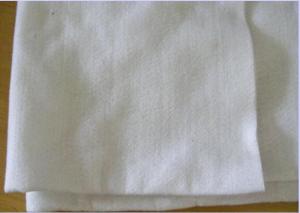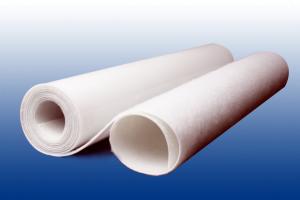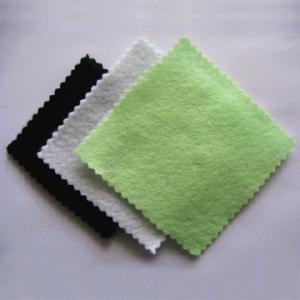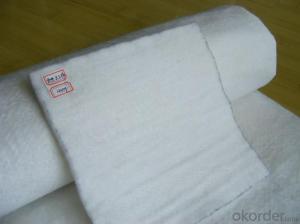Membrana De Geotextil PP Spunbonded Nonwoven Fabric Colorful Good Quality with UV
- Loading Port:
- China Main Port
- Payment Terms:
- TT OR LC
- Min Order Qty:
- -
- Supply Capability:
- -
OKorder Service Pledge
OKorder Financial Service
You Might Also Like
1.What is your main products ?
Our main products are made from PE ,PP etc and could be used for agriculture and construction ,etc .
2.What is your payment term ?
We could accept TT ,LC.
3.What is your delivery time ?
The delivery time is around 30days per container, sometimes we have stocks .
pp spunbonded nonwoven fabric
The specification of PP non woven fabric in different color and many applications:
| | |
Material | 100% Polypropylene/100%PP |
Width | 0.4--3.2M |
Color | Any color available |
Roll Length | According to your requirement |
Technics | Nonwoven |
Nonwoven Technics | Spunbonded |
Pattern | Yarn Dyed |
Weight | 9-200GSM |
Style | Plain |
Feature | Waterproof,Mothproof,Eco-friendly,Non-toxic,Breathable,Anti-Bacteria |
Certification | ISO9001 |
Usage | Agriculture,Indrustry,Construction,Packaging,Home-textitle, etc |
MOQ | 1Ton/1000KG |
Payment Terms | T/T or L/C |
Delivery Time | Within 7-15 days |
Packaging Detail | Plastic film in roll |
| Shandong,China |
Loading of Port | Qingdao |
Sample | Free samples are available |
- Q: Can geotextiles be used in wastewater treatment applications?
- Yes, geotextiles can be used in wastewater treatment applications. They are commonly used in filtration systems to separate solids from liquids and provide support for various treatment processes. Geotextiles can enhance the efficiency of wastewater treatment by improving filtration, reducing clogging, and increasing overall system performance.
- Q: Introduction of filament geotextile
- The company is widely used in transportation, water conservancy, railway, highway, airport, environmental protection, tunnel, harbor beach (reclamation), river bank revetment, reservoir, landfill , Sewage treatment, power plant ash dam, oil seepage, urban lawn, waterproofing membrane and many other areas of geotextile geotextile is a kind of geotextile material, it has a reinforced, isolated filter drainage and other functions,
- Q: How do geotextiles affect water quality?
- Geotextiles can positively impact water quality by acting as a filtration barrier, preventing sediment and pollutants from entering water bodies. They help in reducing erosion, promoting better stormwater management, and improving overall water clarity.
- Q: Sponge city sunken green land in the drilling drainage jacket how to set the amount of geotextile
- Need plastic blind ditch, complete specifications, collar Xiang new materials for your answer
- Q: Can geotextiles be used for reinforcement of railway embankments?
- Yes, geotextiles can be used for reinforcement of railway embankments. Geotextiles are commonly used in civil engineering projects for their ability to provide separation, filtration, and reinforcement functions. When used in railway embankments, geotextiles help improve the stability and strength of the embankment by preventing the mixing of different soil layers, reducing soil erosion, and distributing load more evenly. Overall, geotextiles are an effective solution for reinforcing railway embankments and enhancing their long-term performance.
- Q: How do geotextiles contribute to environmental sustainability?
- Geotextiles contribute to environmental sustainability in various ways. Firstly, they help in erosion control by stabilizing soil and preventing soil erosion, which in turn protects the natural environment and prevents sedimentation in water bodies. Secondly, geotextiles can be used for soil reinforcement and slope stabilization, reducing the need for excessive excavation and land disturbance. Additionally, geotextiles can be employed in waste management systems, such as landfill liners and covers, minimizing the risk of contamination to soil and groundwater. Overall, geotextiles offer eco-friendly solutions for various construction and environmental projects, promoting long-term sustainability.
- Q: How to apply the geotextile of the retaining wall filter
- Our manufacturer, a professional construction team
- Q: I'm looking for the fabric that goes between gravel and the ground (for a gravel driveway).
- you can get this at wicks do it all (now focus) or any good building merchants
- Q: What are the primary applications of geotextiles?
- Geotextiles are primarily used in civil engineering and construction projects for applications such as soil stabilization, erosion control, filtration, drainage, and reinforcement of soils. They can also be used in environmental projects, agriculture, and transportation infrastructure.
- Q: How do geotextiles contribute to soil stabilization in mining areas?
- Geotextiles contribute to soil stabilization in mining areas by providing reinforcement and preventing erosion. These synthetic materials are placed within the soil to enhance its strength and stability, reducing the risk of landslides and soil disturbances. Geotextiles also act as a barrier, preventing the migration of fine particles, thereby improving soil filtration and preventing contamination of nearby water bodies.
Send your message to us
Membrana De Geotextil PP Spunbonded Nonwoven Fabric Colorful Good Quality with UV
- Loading Port:
- China Main Port
- Payment Terms:
- TT OR LC
- Min Order Qty:
- -
- Supply Capability:
- -
OKorder Service Pledge
OKorder Financial Service
Similar products
Hot products
Hot Searches
Related keywords
